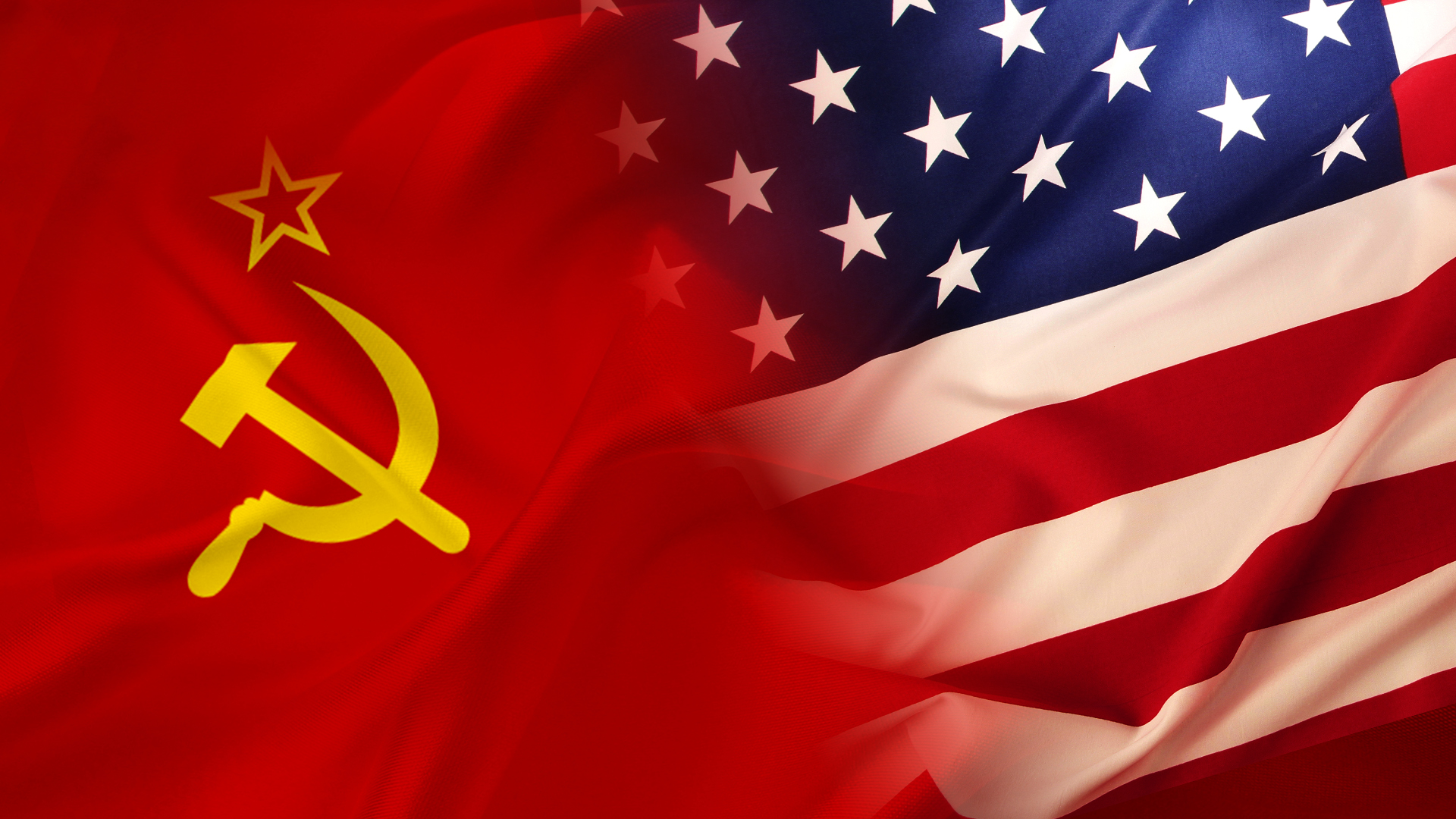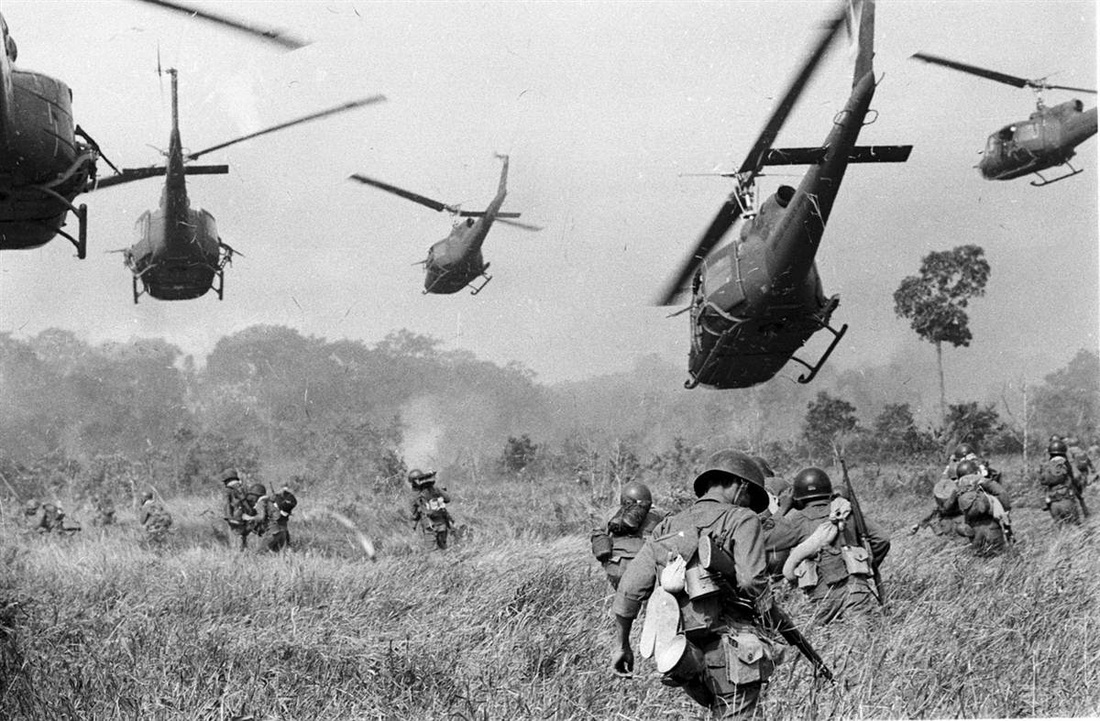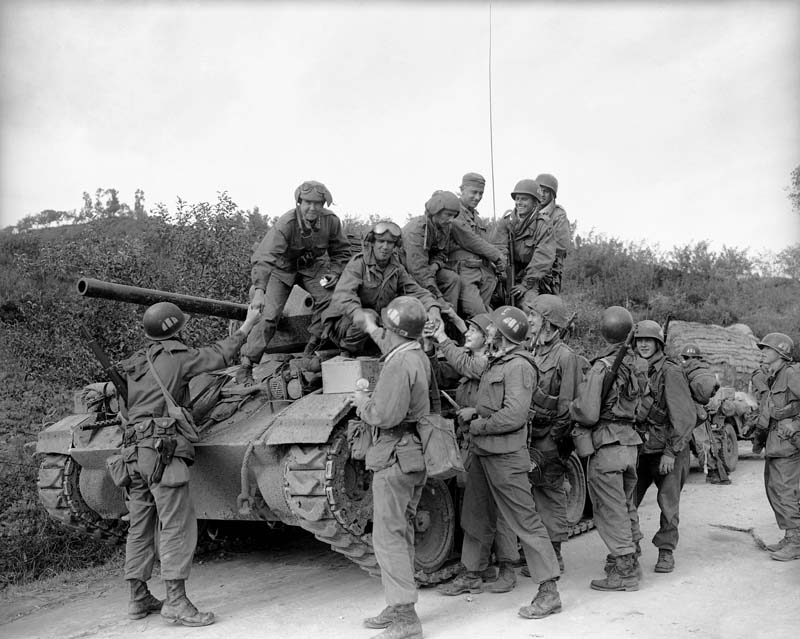What is a Proxy War? Understanding the Concept
A proxy war is a type of conflict where two opposing powers use third parties or surrogate forces to fight on their behalf, rather than engaging directly in combat. These surrogate forces, often local groups or governments, are supported financially, militarily, or politically by one or both of the larger powers involved. Proxy wars are commonly fought in regions where the major powers either do not want to commit their own military forces or wish to avoid direct confrontation.

Proxy wars during the Cold War allowed superpowers to avoid direct conflict while still advancing their interests. Both the U.S. and the Soviet Union provided support to opposing sides in various conflicts around the world, fueling tensions without risking a full-scale war. This indirect form of combat enabled both sides to assert influence globally while keeping the threat of nuclear war at bay. Despite their indirect nature, proxy wars had significant effects on the countries involved, often leading to long-term instability.

3 Major Proxy Wars That Shaped the Cold War
1. The Cuban Missile Crisis (1962)
The Cuban Missile Crisis of 1962 is a classic example of a proxy war during the Cold War. Although the U.S. and the Soviet Union never directly fought each other, both superpowers used Cuba as a battleground for their ideological conflict. The Soviet Union, under Nikita Khrushchev, secretly placed nuclear missiles in Cuba, just 90 miles from the U.S. coast, threatening U.S. national security.
Cuba, led by Fidel Castro, aligned with the Soviet Union, while the U.S. backed anti-communist governments in Latin America. This standoff brought the world to the brink of nuclear war.

However, instead of direct military action, both superpowers engaged in high-stakes negotiations. In the end, the Soviet Union agreed to remove its missiles in exchange for the U.S. pledging not to invade Cuba and withdrawing missiles from Turkey.
The crisis illustrates how the Cold War played out through proxy wars, where conflicts were fought indirectly through third-party nations.
2.The Korean War (1950-1953)
The Korean War, which began in 1950, is a prime example of a proxy war during the Cold War. After World War II, Korea was divided into two zones: the Soviet-backed North and the American-backed South. The war erupted when North Korean forces, led by Kim Il-sung, invaded South Korea, prompting a United Nations-led intervention to defend the South. The conflict quickly became a proxy battleground where the United States and the Soviet Union supported opposing sides, each aiming to spread their respective ideologies—capitalism and communism—across the Korean Peninsula.


Although the war never escalated into a full-scale confrontation between the superpowers, it was a critical moment in the Cold War, with both sides seeking to gain influence in Asia.
Although the war never escalated into a full-scale confrontation between the superpowers, it was a critical moment in the Cold War, with both sides seeking to gain influence in Asia. The Korean War demonstrated how the U.S. and the Soviet Union were willing to support local conflicts and military interventions indirectly to maintain a balance of power in the global ideological struggle. Despite an armistice agreement in 1953, the Korean Peninsula remains divided to this day, with the legacy of the proxy war continuing to shape international relations.
3.The Vietnam War (1955-1975)
The Vietnam War, fought between 1955 and 1975, stands as one of the most well-known proxy wars of the Cold War. Following the division of Vietnam into North and South, the North was supported by the Soviet Union and China, while the South was backed by the United States and its allies. The conflict escalated as the U.S. sought to prevent the spread of communism in Southeast Asia, consistent with the broader strategy of containing communism that defined American foreign policy during the Cold War.


In the Vietnam War, both superpowers fought through their respective client states, marking a clear proxy conflict. U.S. involvement was framed within the broader context of the Cold War, as Washington feared the “domino effect” of communist expansion in the region. The war, however, was costly for the U.S. and ended in 1975 with the fall of Saigon and the reunification of Vietnam under communist control. The Vietnam War serves as a powerful example of how the Cold War superpowers used regional conflicts to advance their ideologies while avoiding direct confrontation.